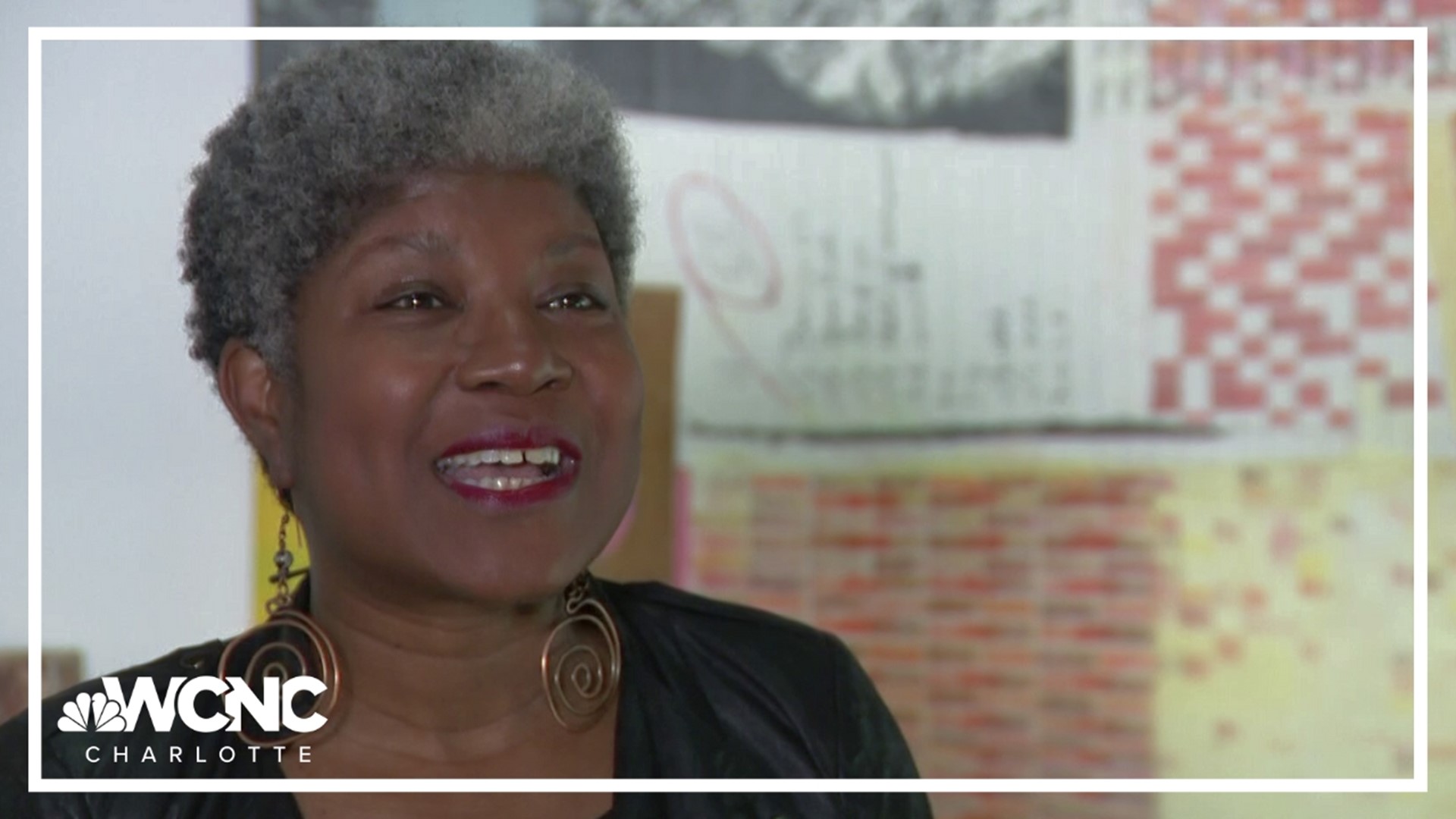CHARLOTTE, N.C. — At the corner of Brevard Street and Third Street in Uptown’s Second Ward sits a trio of spaces dedicated to the love of art and the history of a neighborhood once called Brooklyn.
Brooklyn Collective's art gallery, the neighboring Society at 229 music space, and the Grace performance arts space are now located on what was the anchor of the predominately Black, self-sustaining community.
Monique Douglas, executive director of Brooklyn Collective and co-owner of CBK Branding and Consulting firm at Society at 229, said the art gallery is inside what used to be the Mecklenburg Investment Company building, a structure that is 101 years old.
“South Brevard Street, which is what we're sitting on, was actually coined as the ‘Black Wall Street of Charlotte,’ during that era,” Douglas said. “This neighborhood was huge. It was so big, they referred to it as a ‘city within the city.’”
According to Brooklyn Collective’s historical account of the neighborhood, Brooklyn had its roots in the late 1860s, as an area called “Logtown,” where emancipated slaves flocked. Over the years, it grew into a place where Charlotte’s Black residents could find community.

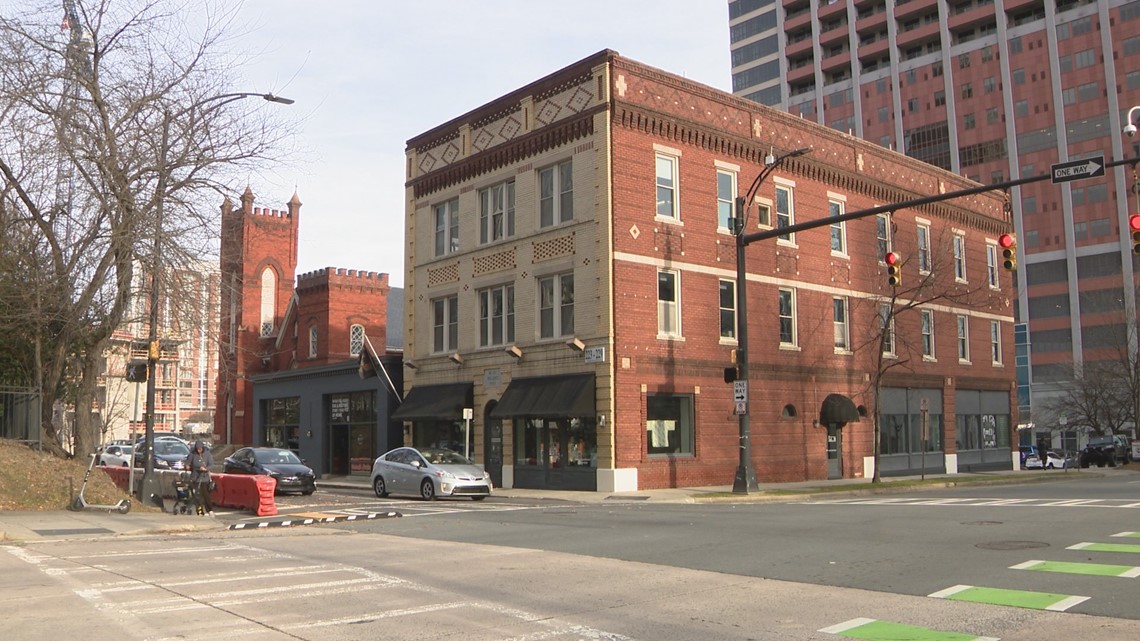
“It was really a self-contained community,” Douglas said. “It had its own banks, its own grocery stores, its own theaters. It was bustling.”
After the 1970s, however, that “city within a city” was no more.
Historians said the discriminatory lending practice called “redlining” and a rezoning of the neighborhood as “industrial” led to its decline, the targeting for urban renewal, the eventual razing of Brooklyn, and the displacement of those living and working there.
“What they refer to as the ‘corridors of opportunity’ in our city, really the very seat of those corridors, and the beginnings, came from the neighborhood of Brooklyn,” Douglas said.

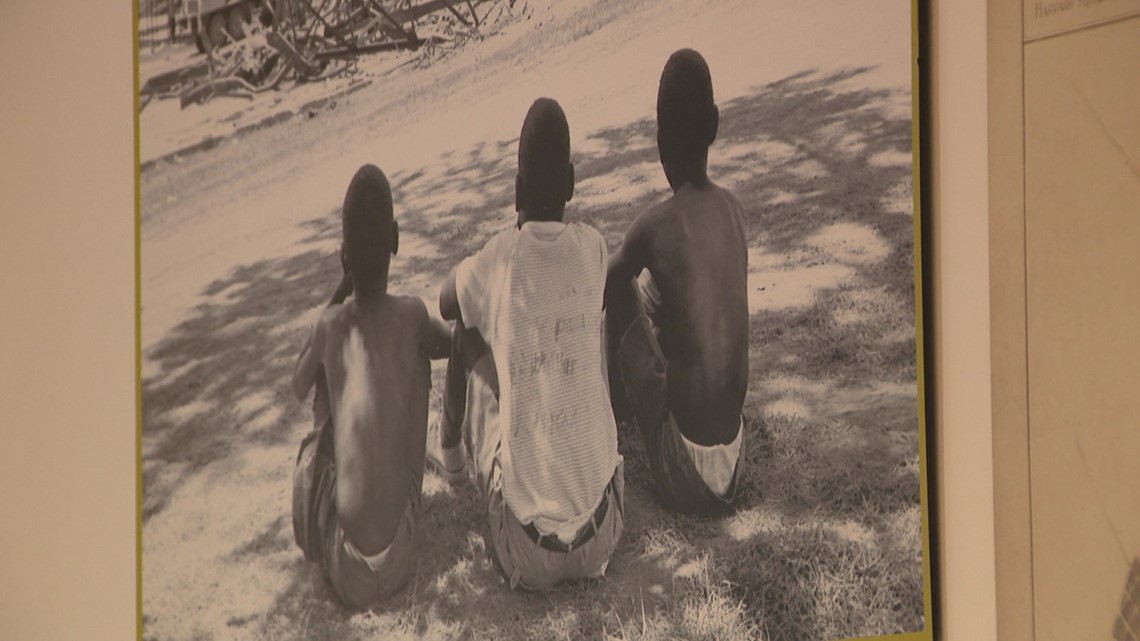
That painful history drives today’s mission of using Brooklyn’s lessons toward a more positive and inclusive future, taking what are two of only four remaining Brooklyn buildings and carrying on the intentions of their former occupants—cultivating community.
“The arts – it’s such a beautiful way to bring people together to learn about cultures, for them to have meaningful discussions,” Douglas said.
The goal is that, with every brushstroke painted, verse sung, and melody melded, Brooklyn Collective creates a collection of new connections where before there were none.
“You just don't know what the possibilities are,” Douglas said. “That's what we want people to think of when they come in here. That they're like, ‘This is the place where I’m going to collide. Because I don't know who I'm going to collide with today, but, and you walk away and say, man, I met the most amazing gentleman or the most amazing lady.’”

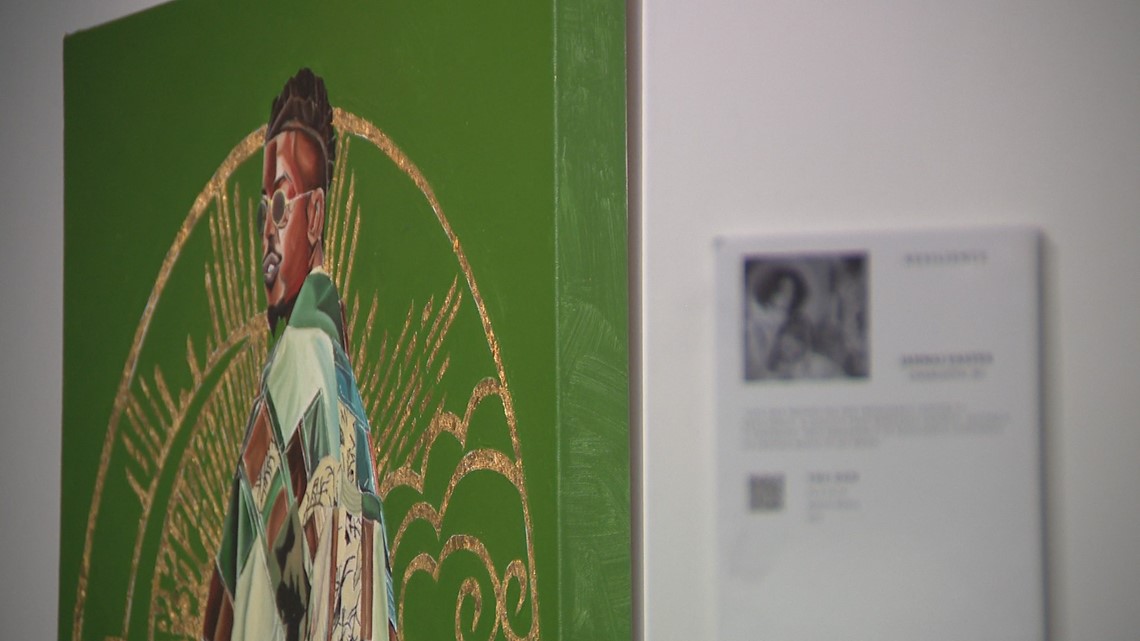
With its focus on all forms of artistic expression, Brooklyn Collective is primed to celebrate this year’s Black History Month theme, which is “African Americans and the Arts.”
While Douglas reminds people that Black history can and should be celebrated all year, the nonprofit is hosting an exhibition throughout the month that is sure to get an enlightening dialogue started.

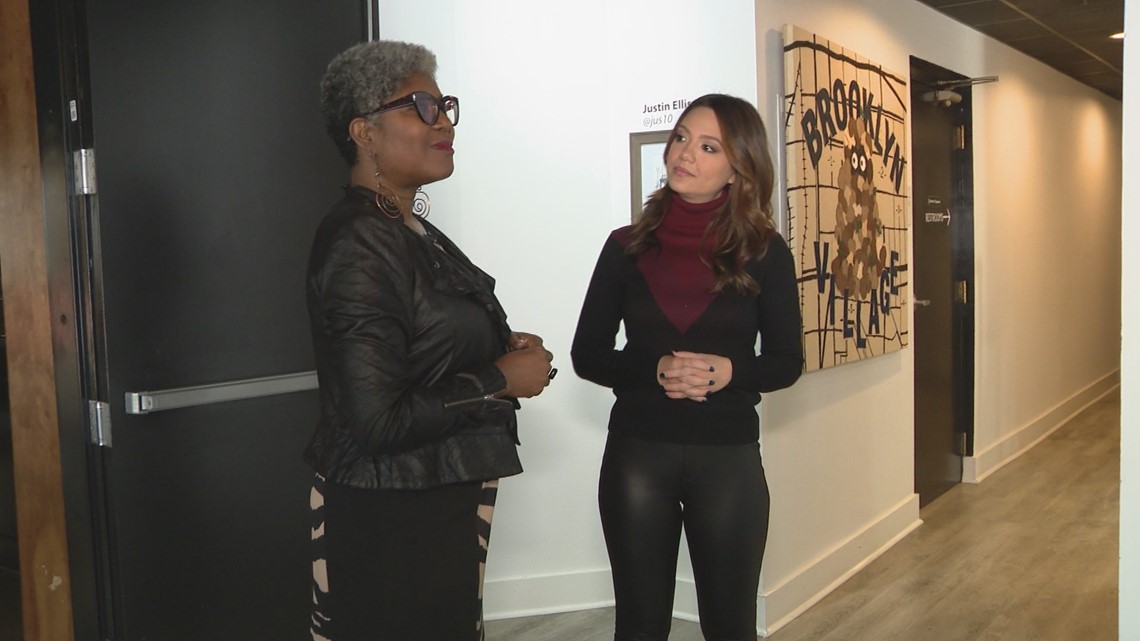
The exhibition is called “Bookends: Holding up the Middle as They Should,” and features work by six Black fine artists. Two are legacy artists; two are mid-career, and two are emerging artists. Douglas said the exhibition paves the way for discussion about the struggle of Black artists to be recognized as “fine artists.”
"We have artist's talks here," Douglas said. "And then we take that artist's talk and expand it into really intentional conversations with regards to how we can use that artist's thought process and the meaning behind that piece worth studying about, and how we can use that to open up a community dialogue, or a series of dialogues on how we can do better in certain areas."
Contact Vanessa Ruffes at vruffes@wcnc.com and follow her on Facebook, X and Instagram.

